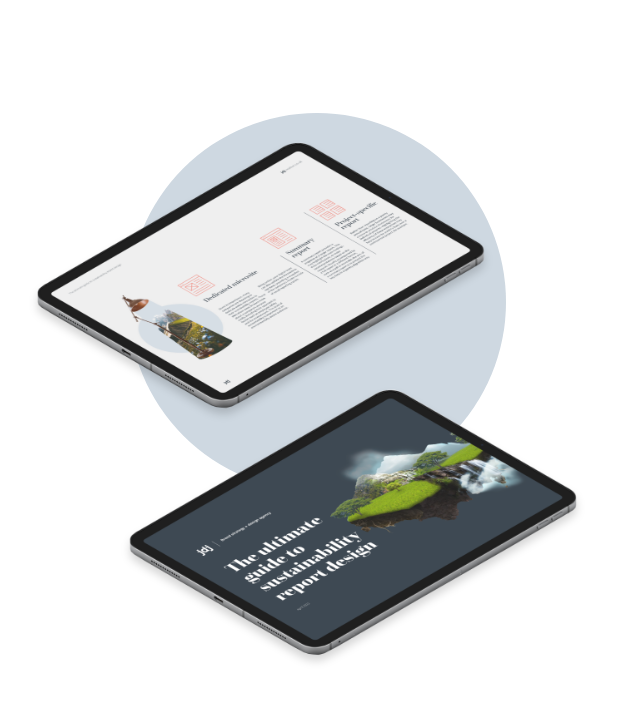As governing organisations look to improve the consistency and comparability of sustainability information disclosed by companies, having uniformity in taxonomies becomes essential. To achieve this, XBRL (eXtensible Business Reporting Language) will be adopted under the European Union’s Corporate Sustainability Reporting Directive (CSRD) in 2024.
XBRL is a global standard for exchanging business information. It’s an open, XML-based standard that provides a common framework for expressing financial reporting and other business information in a machine-readable format.
Common document types, including Word Docs, Excel Spreadsheets and Adobe PDFs can be marked up with XBRL tags that identify common items such as Scope 1 emissions, making them consistent across all reports and compliant with European Single Electronic Format (ESEF) regulation.
The benefits of this tagging are multiple.
The requirement for XBRL in ESG reporting is being shaped under the European Sustainability Reporting Standards (ESRS). The European Financial Reporting Advisory Group (EFRAG) plans to release the XBRL taxonomy of the ESRS for a 60-day consultation in the first quarter of 2024, with a technical recommendation on the taxonomy to be issued to the European Commission in the second half of 2024.

“

Creating an XBRL-compliant sustainability report requires adhering to the standards and taxonomy provided by relevant authorities. Here’s a step-by-step guide on how you can make a sustainability report XBRL-compliant:
By following these steps and ensuring adherence to the relevant XBRL standards and taxonomies, you’ll be on your way to creating a sustainability report that is XBRL compliant.
As report design specialists, we know how to make a report look good. And we know that well-designed means aesthetically pleasing and easy to navigate. But on top of making reports clear and readable for a human audience, we understand the benefits of a machine-readable format. This is why we offer iXBRL tagging on our reports. These markups are made directly to your final pdf report, making them XBRL compliant and great looking.
To find out more about XBRL tagging, or for an informal chat about your next report, please get in touch with our design team today at hello@jdjcreative.co.uk or fill in our contact form.
Share
Sign up to our monthly newsletter to receive your guide to thought leadership design.

Sign up to our monthly newsletter to receive your guide to annual report design.

Sign up to our monthly newsletter to receive your guide to sustainability report design.
